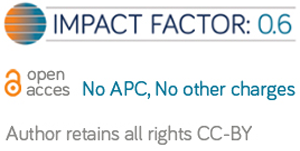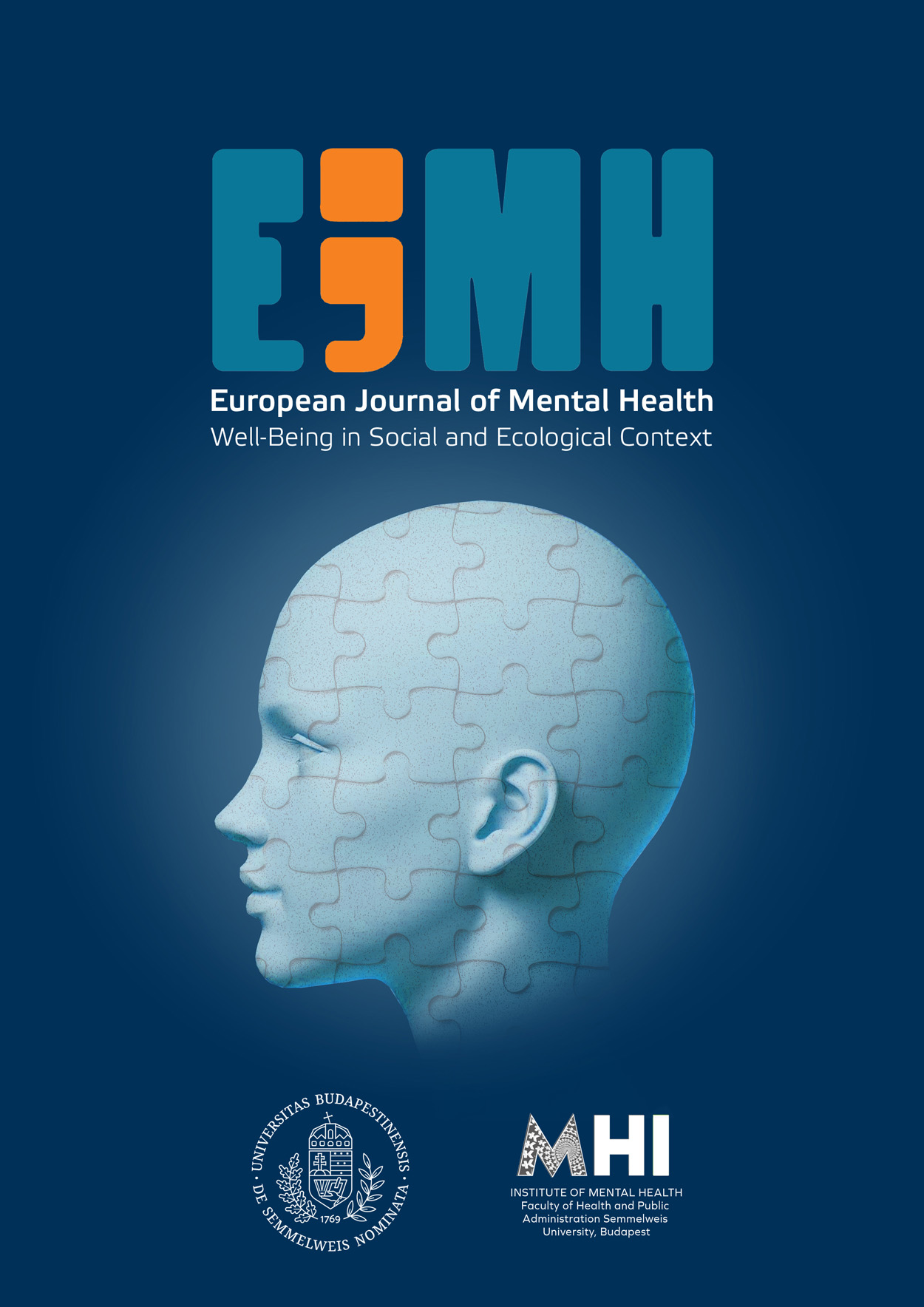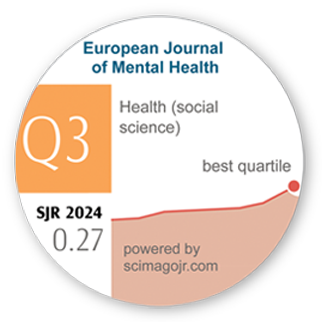Risk Aspects of Online Activities in Victims of Cyberbullying
DOI:
https://doi.org/10.5708/EJMH.14.2019.1.8Keywords:
online activities, risks, social networking sites, victim, cyberbullyingAbstract
This study focuses on the risks of online activity within the social network sites used by primary and secondary school pupils, with regard to bullying in cyberspace. Questionnaires were used to collect the empirical data. In the first scale, an exploratory factor analysis related to the online activity of pupils was used. It indicated four factors, namely: passive use of social networking sites, active communication on social networking sites, access to high-risk media content, and searching for self-development media content. In the second scale that focused on the forms of cyberbullying, two factors were indicated, namely: bullying through online communication and bullying through visual aggression. The study identified 189 respondents out of 931 pupils from the research sample who had been repeatedly cyberbullied. The research was conducted with pupils of secondary schools and high schools in the Slovak Republic. A relationship between the frequency types of social networking sites’ usage and the extent of bullying in cyberspace was observed. The research confirmed the existence of a direct dependence between the frequency of active communication on social networking sites and the extent of bullying through online communication. No statistically significant connection was confirmed between the other factors.






